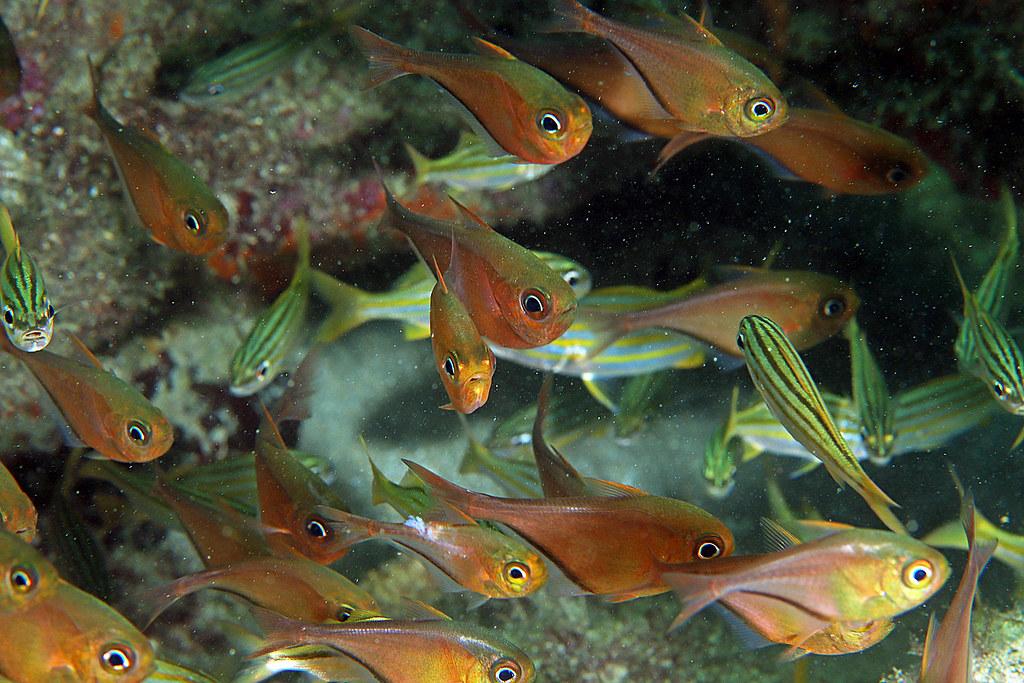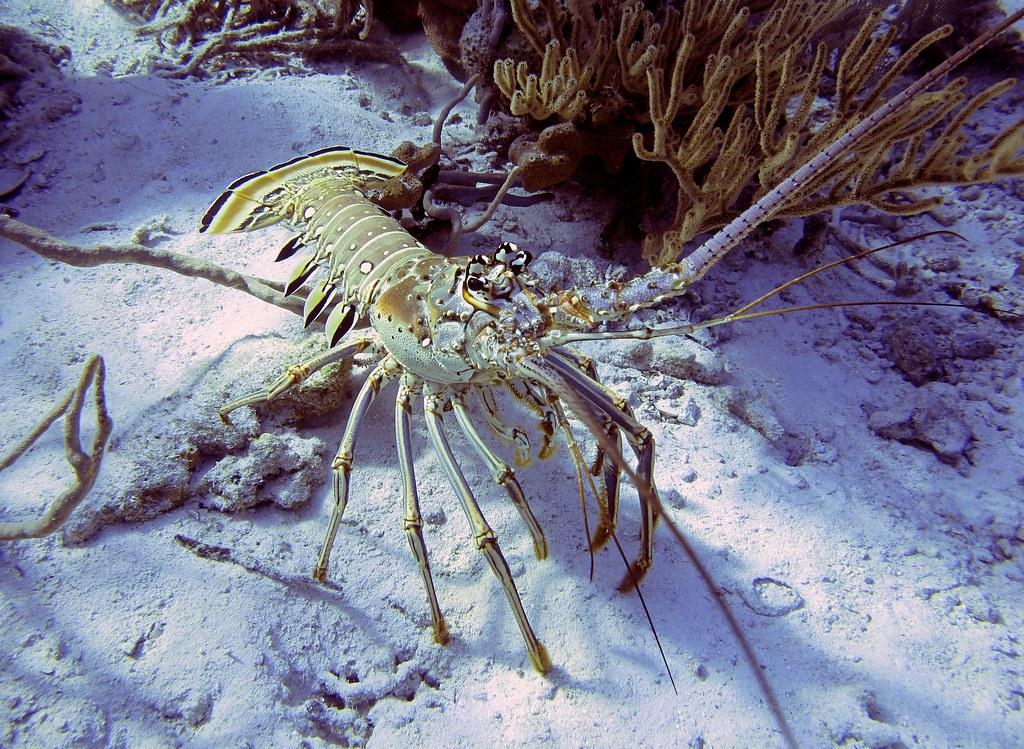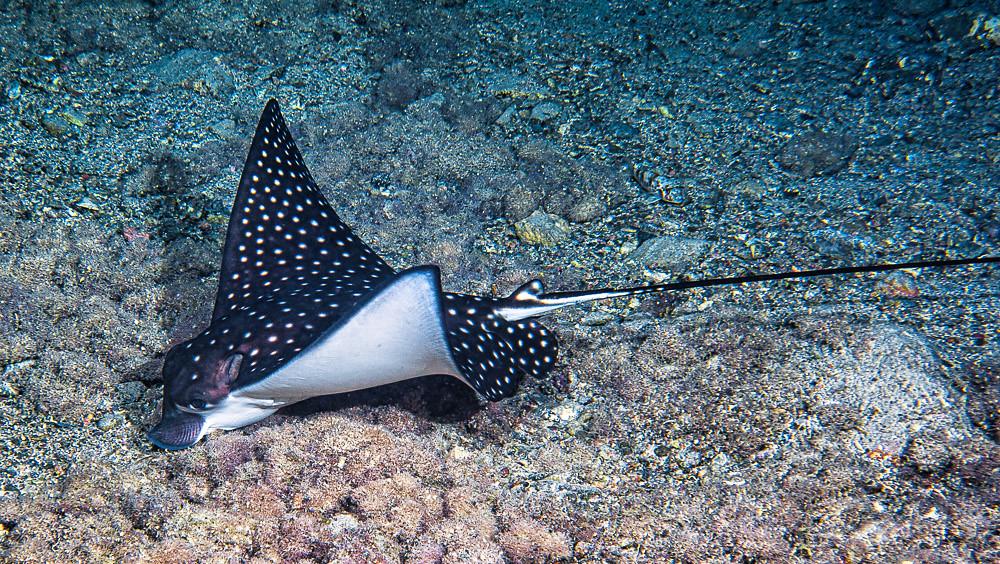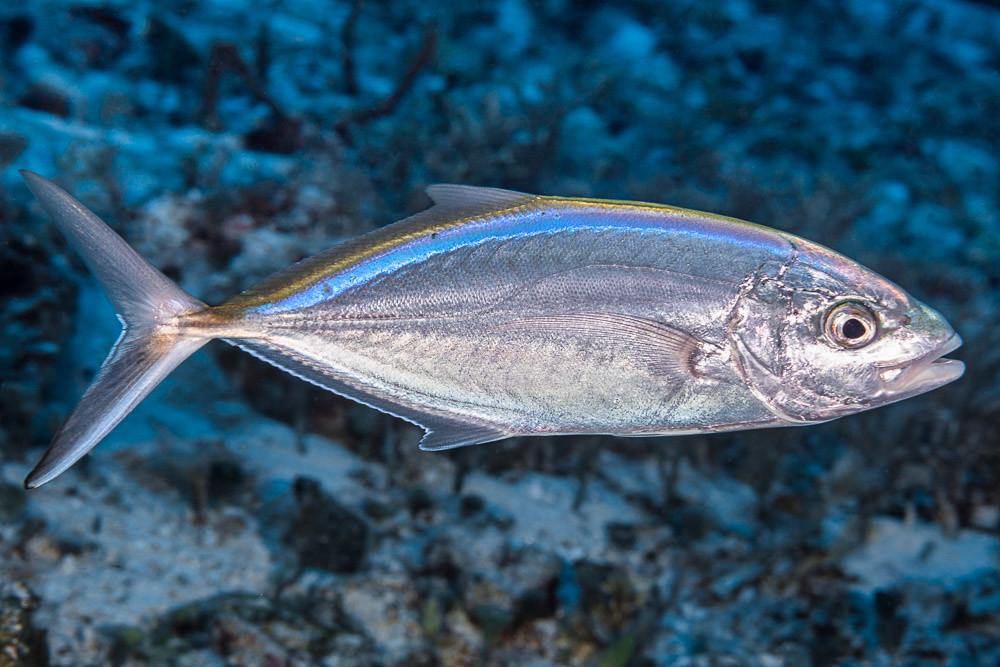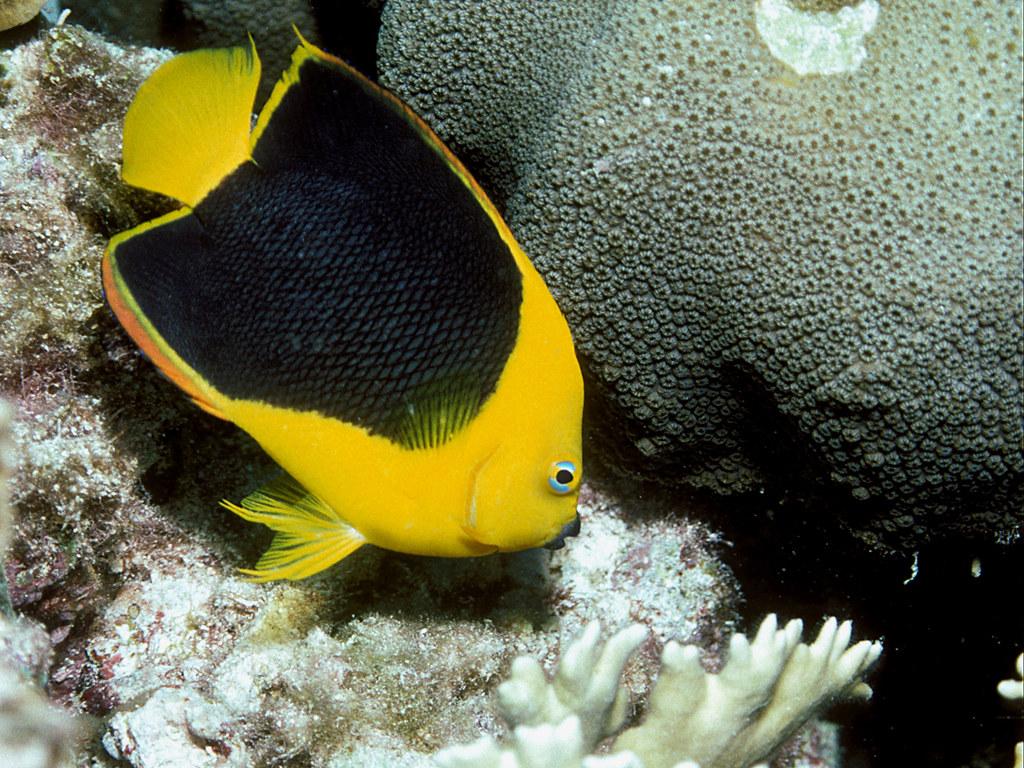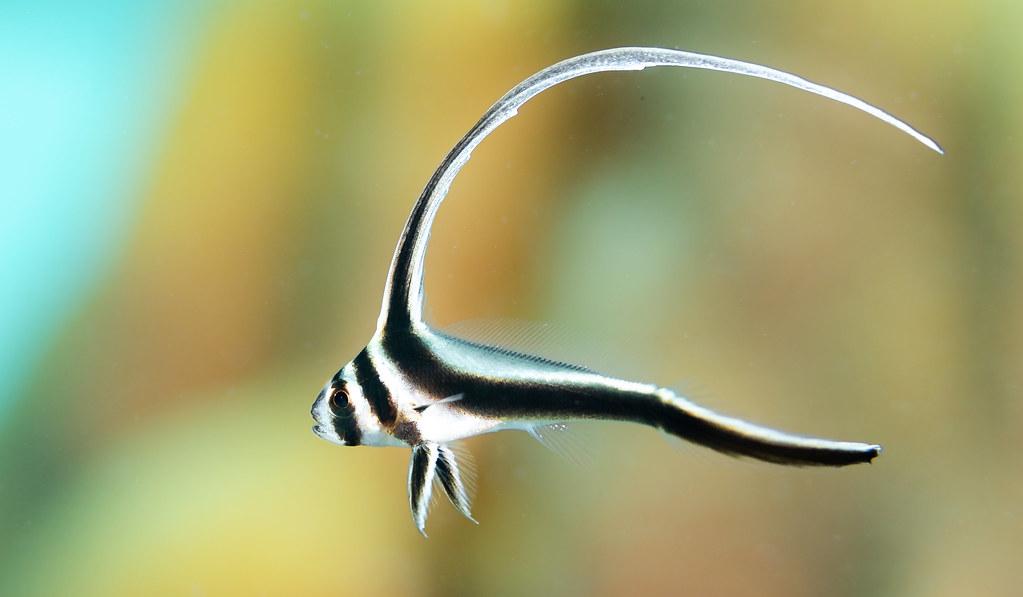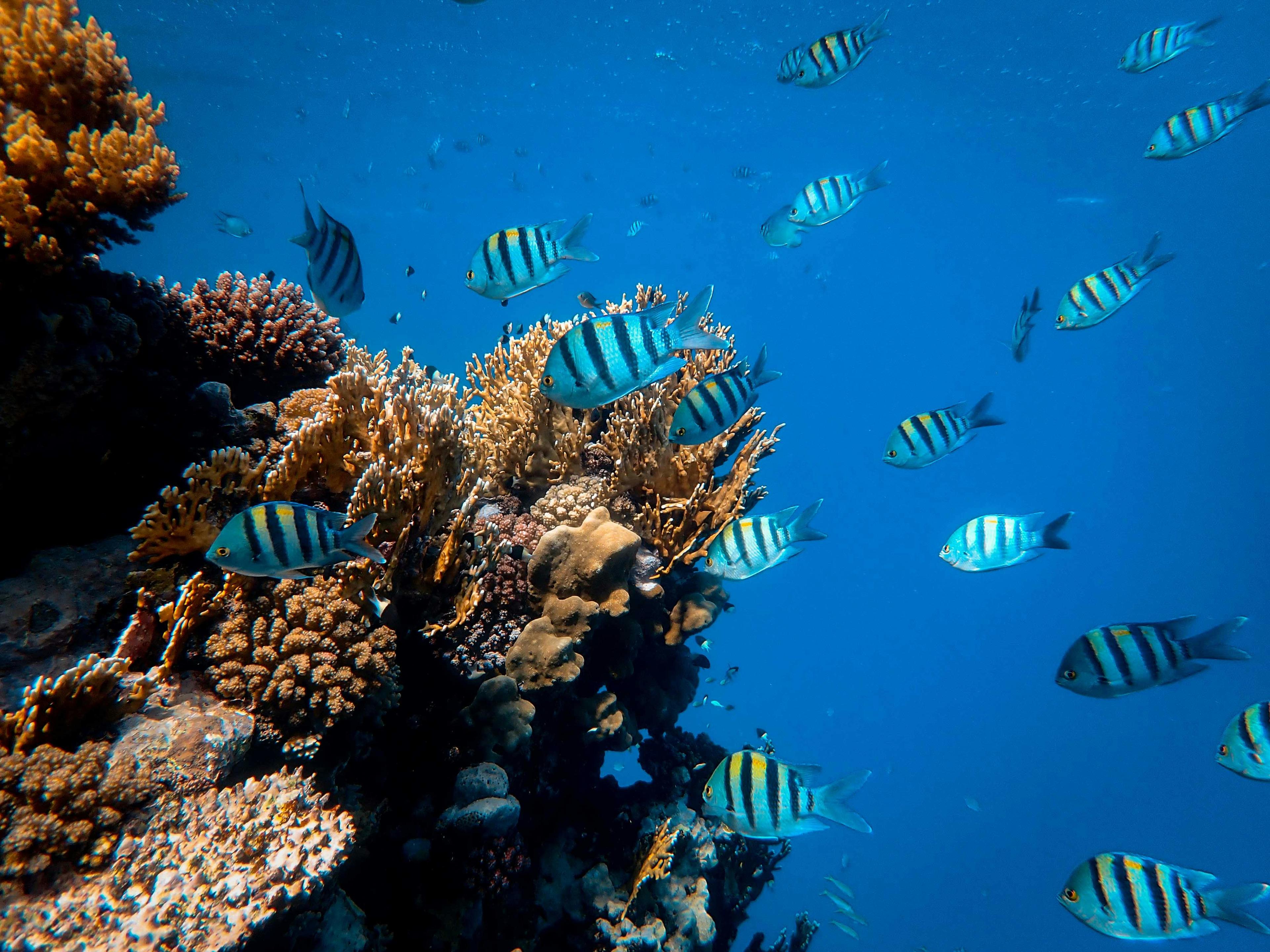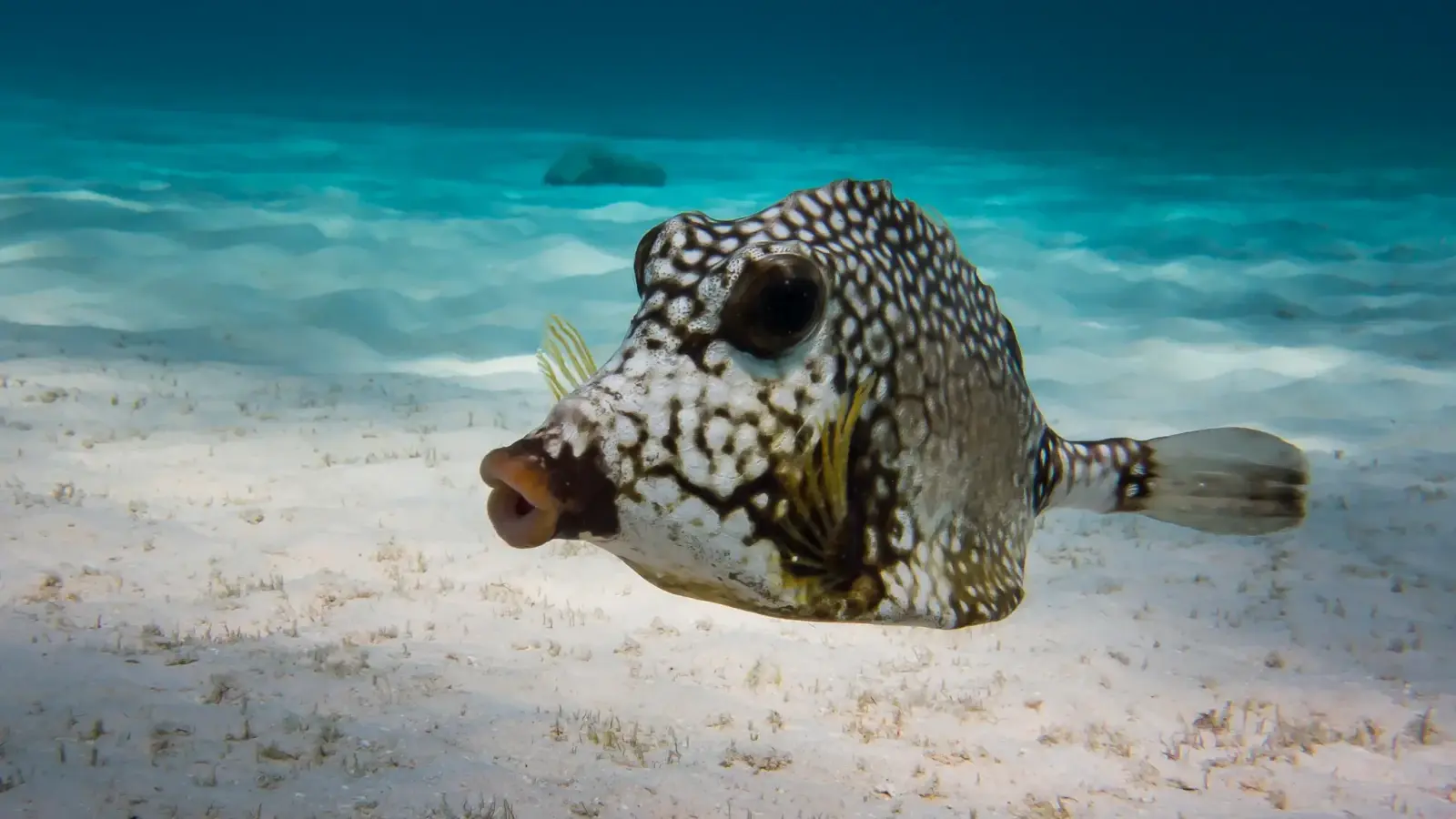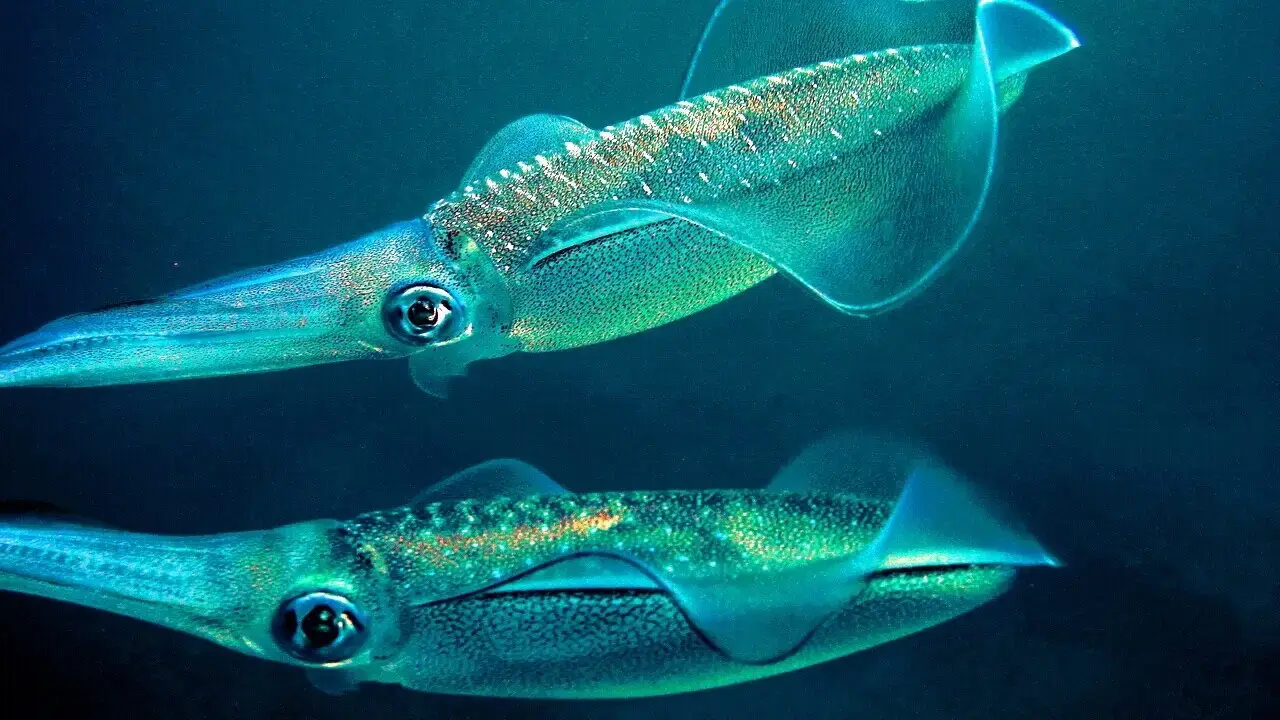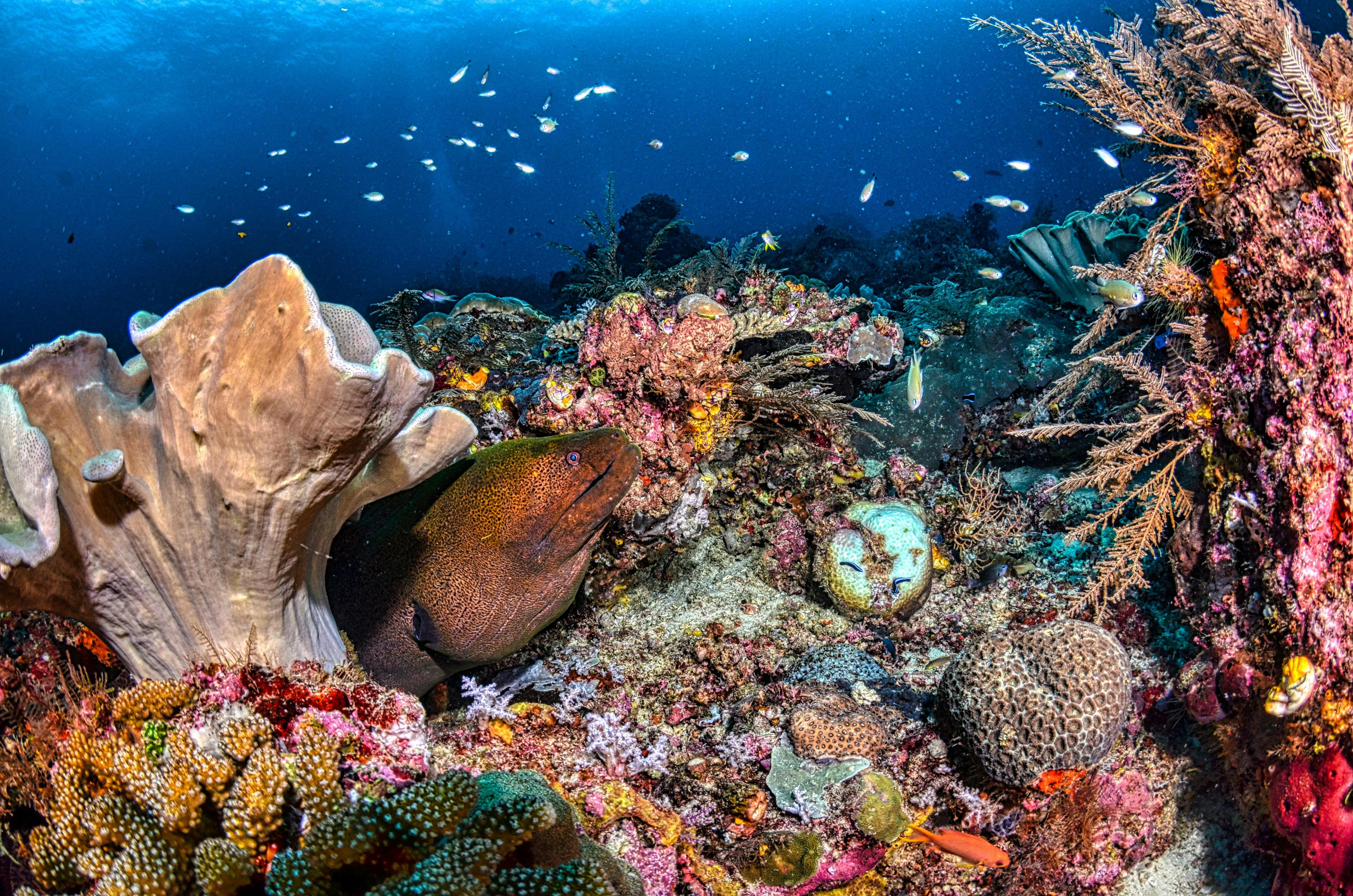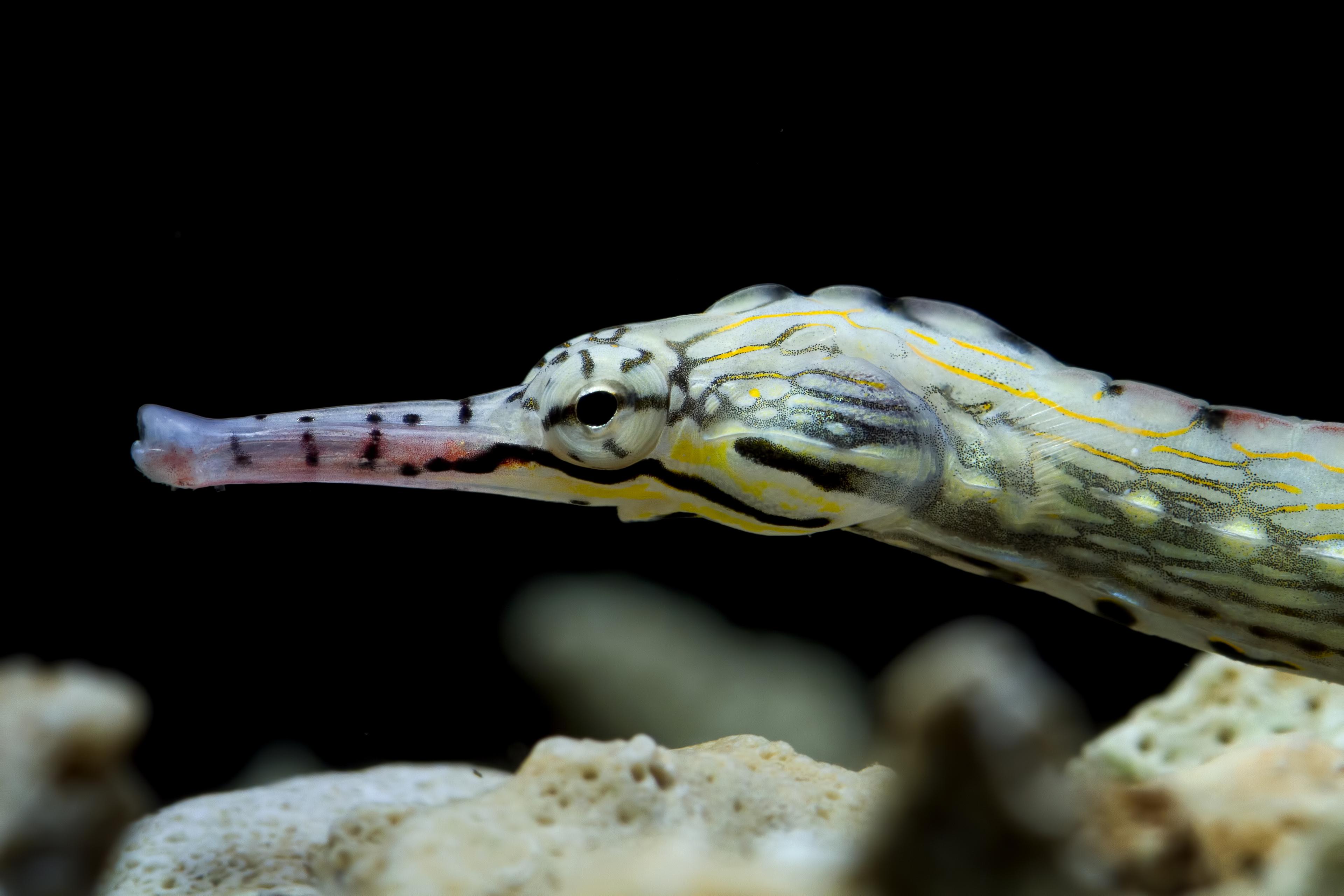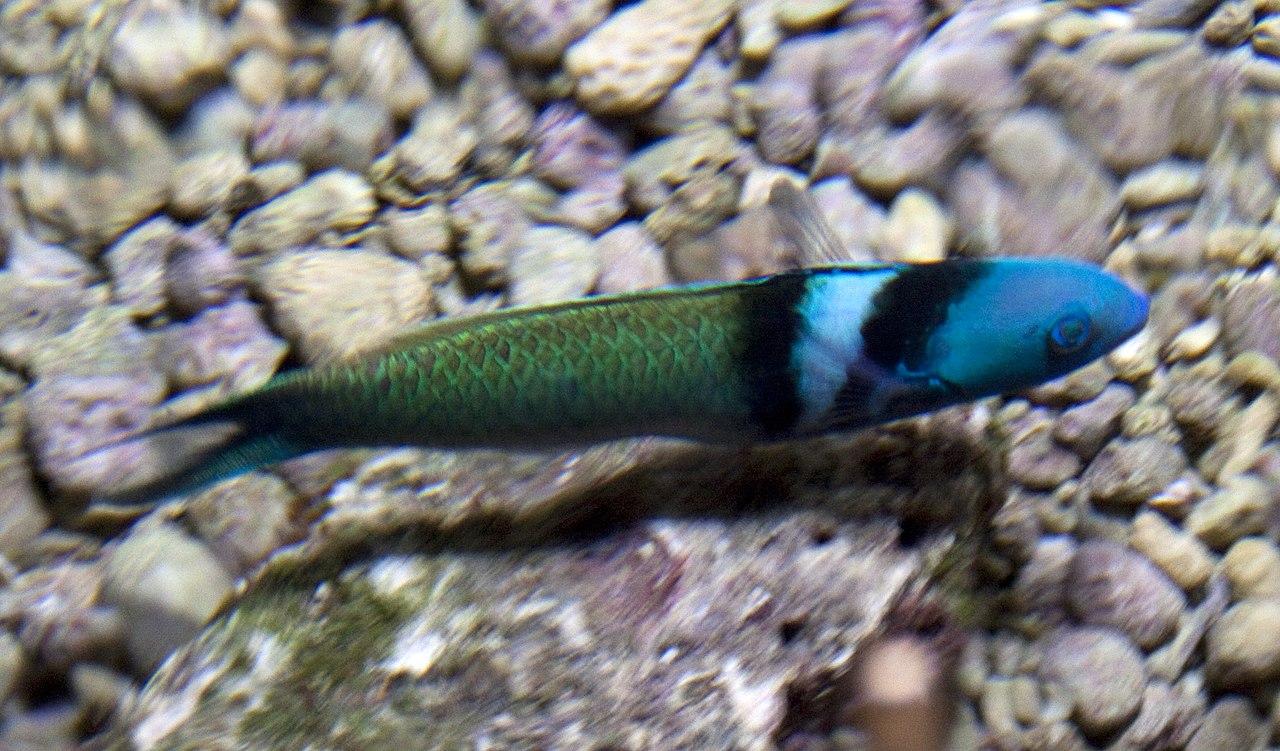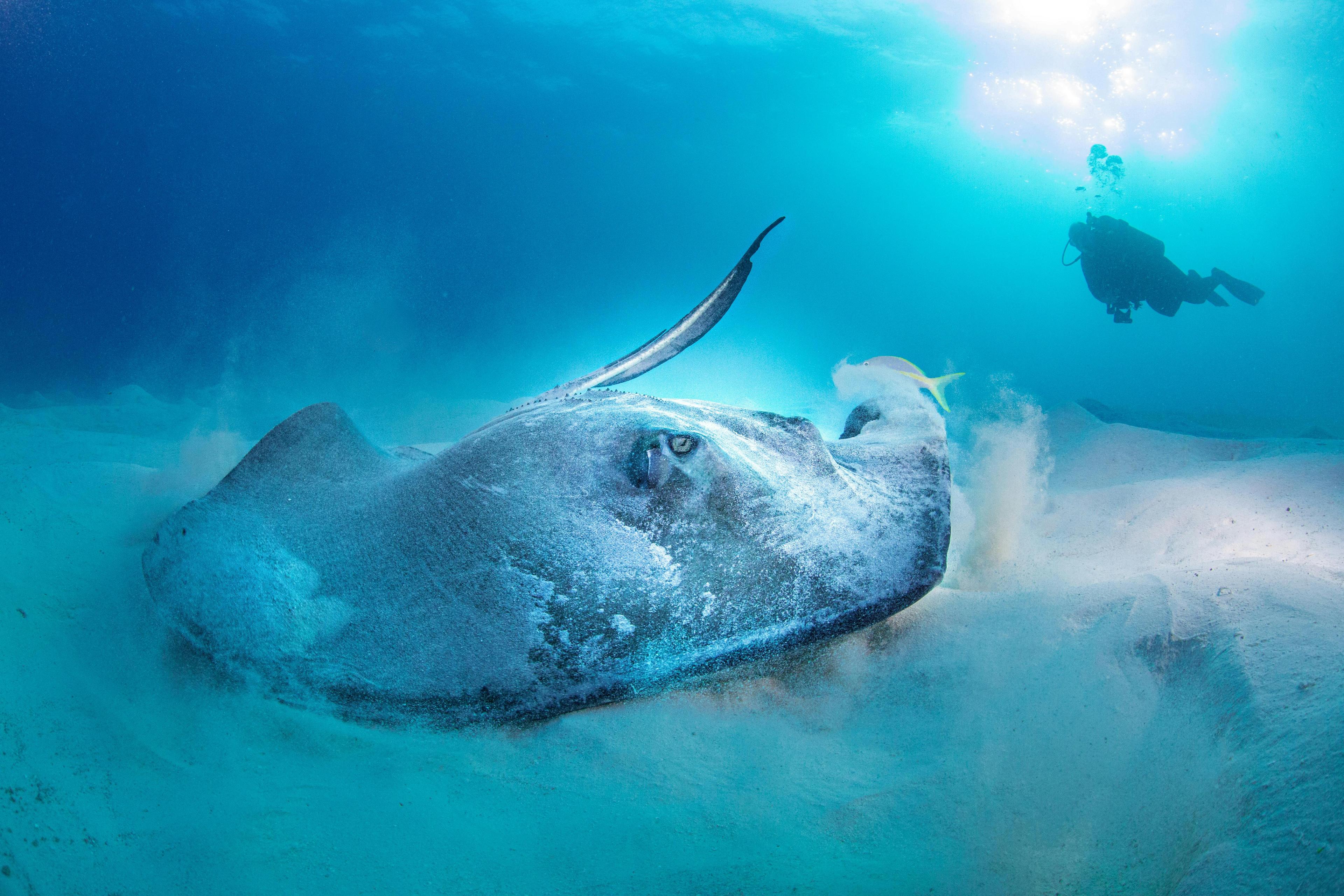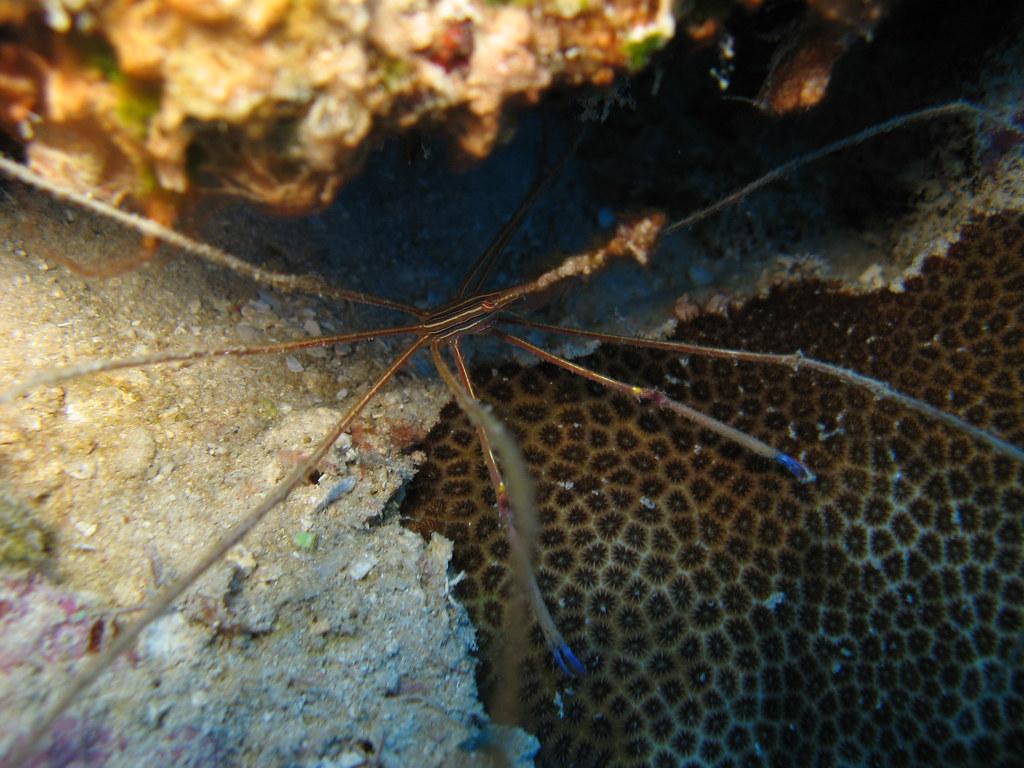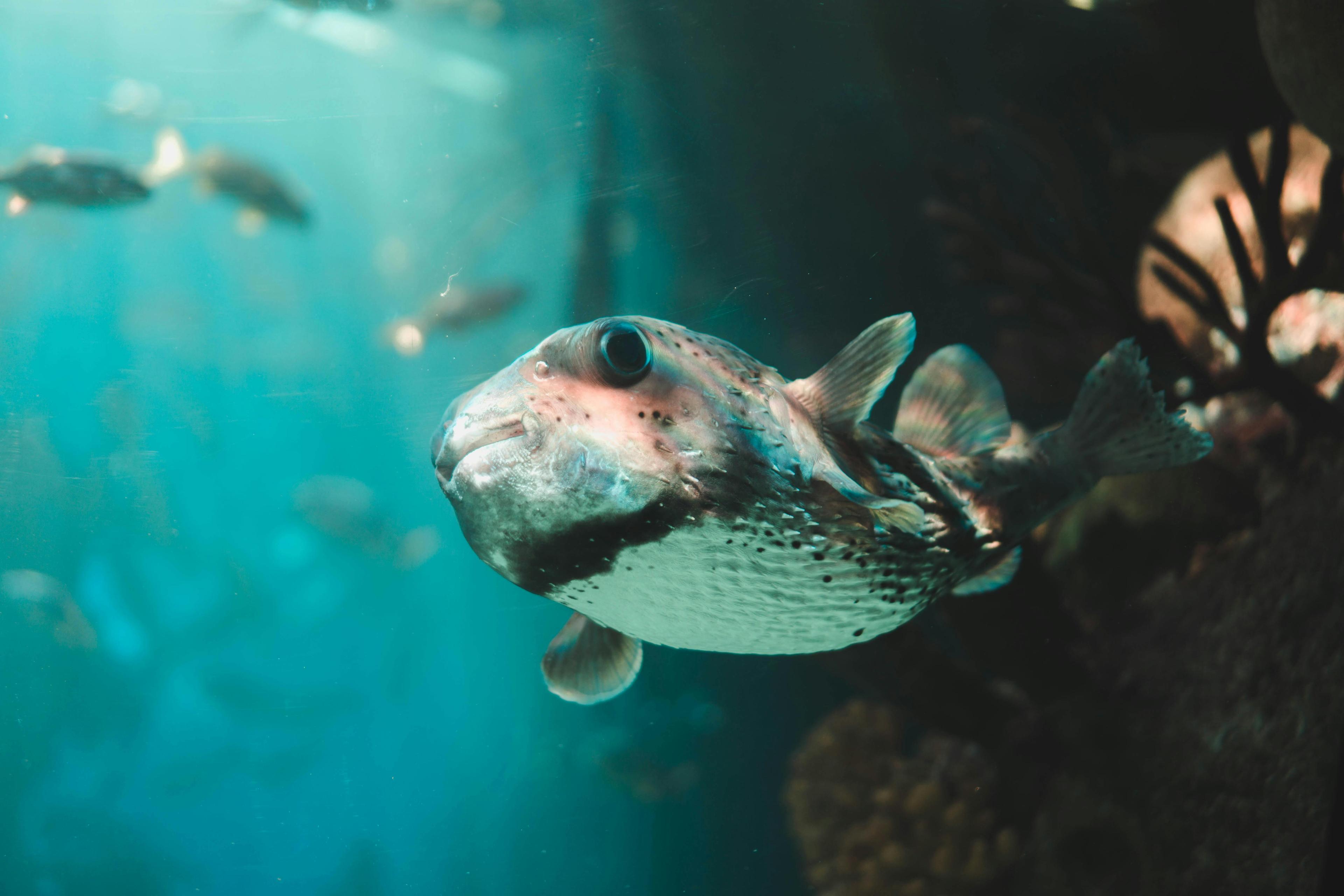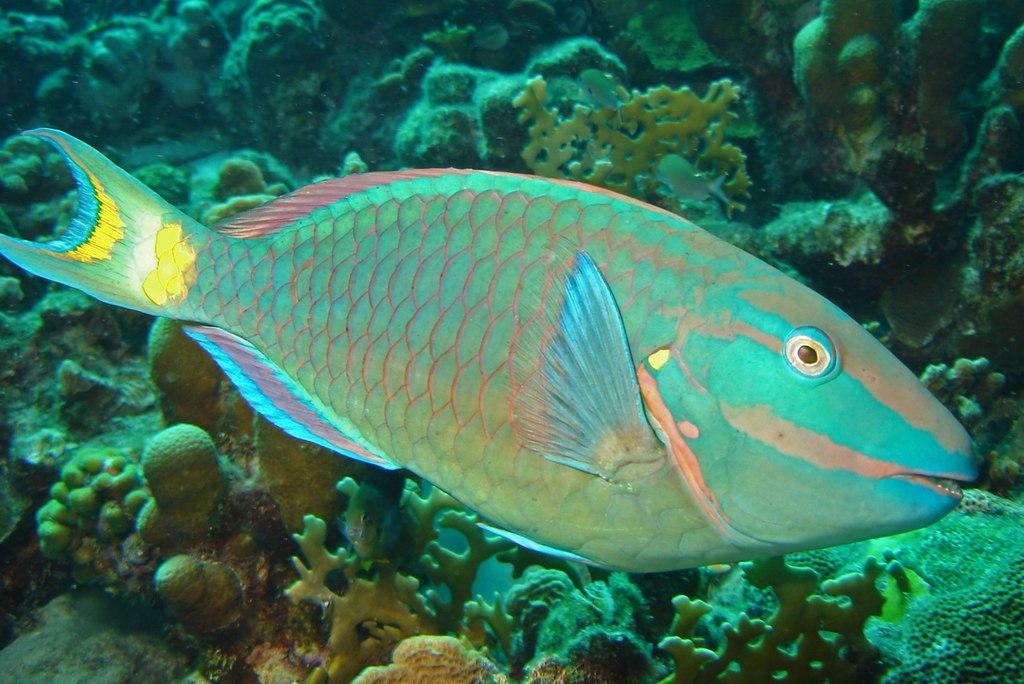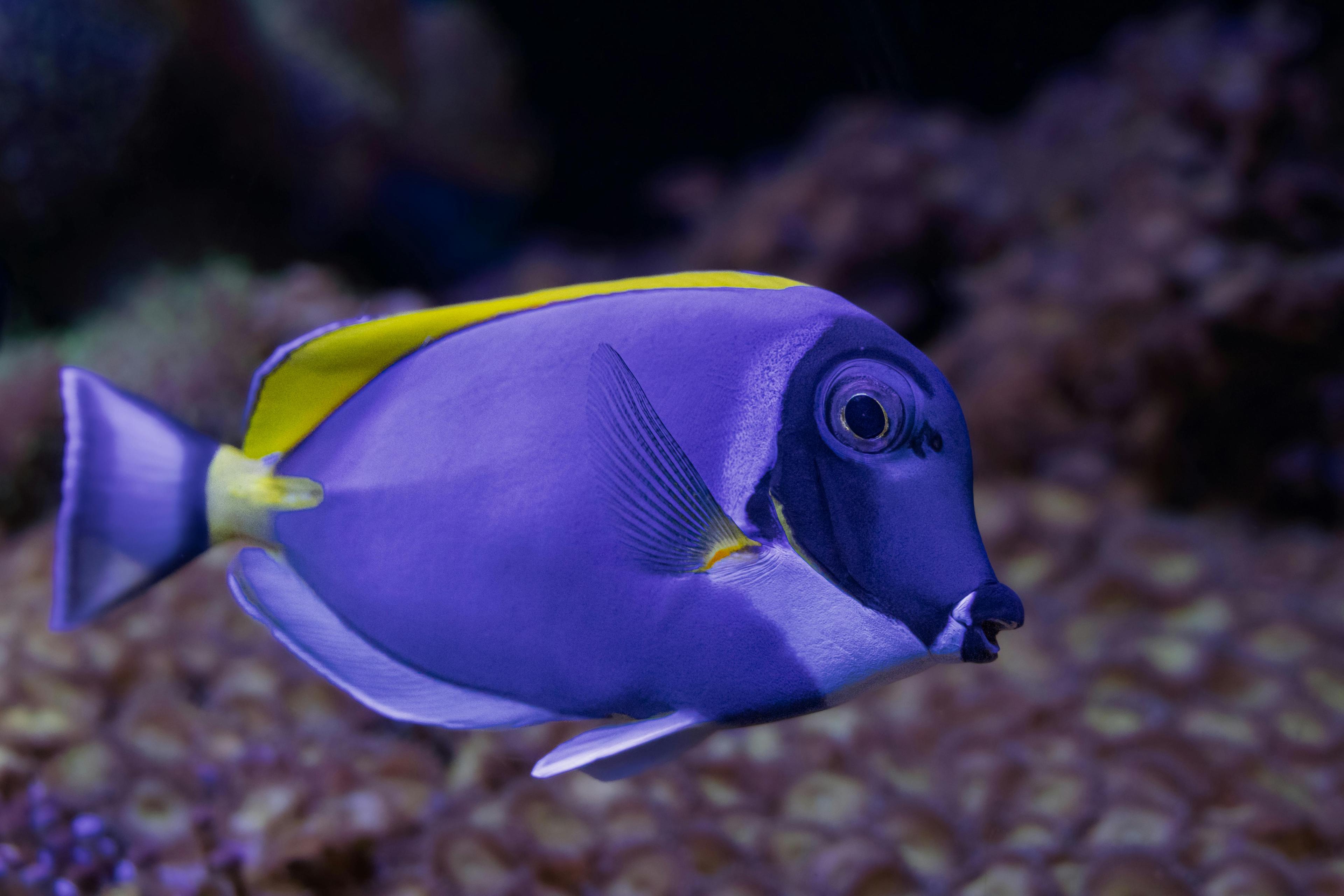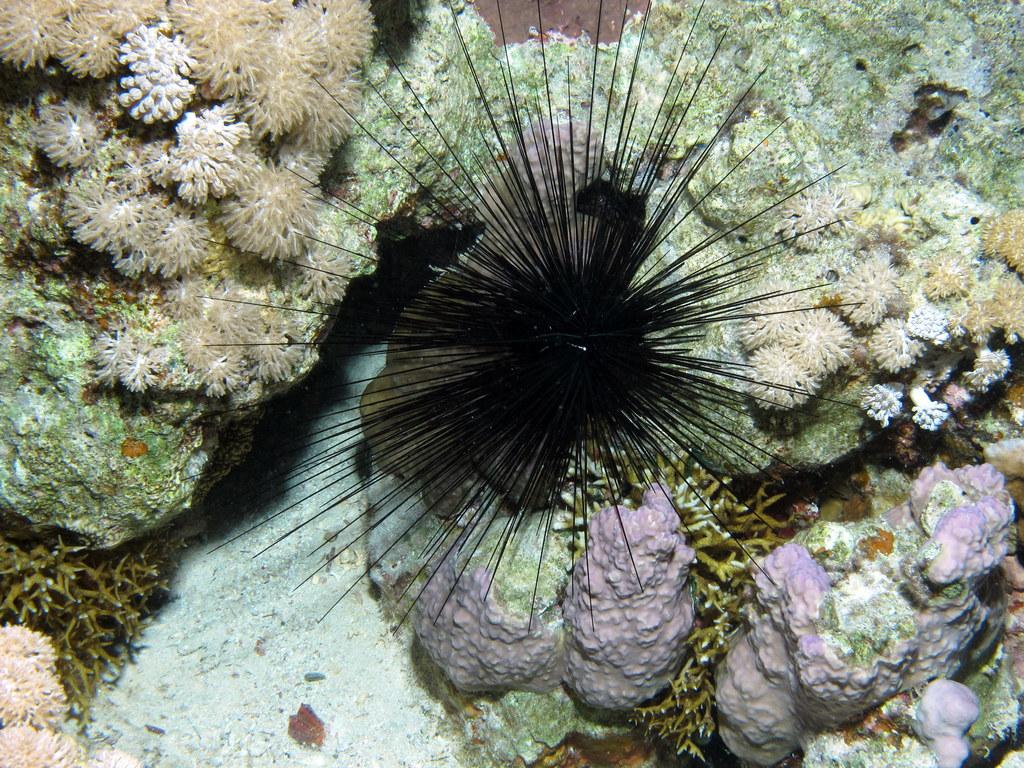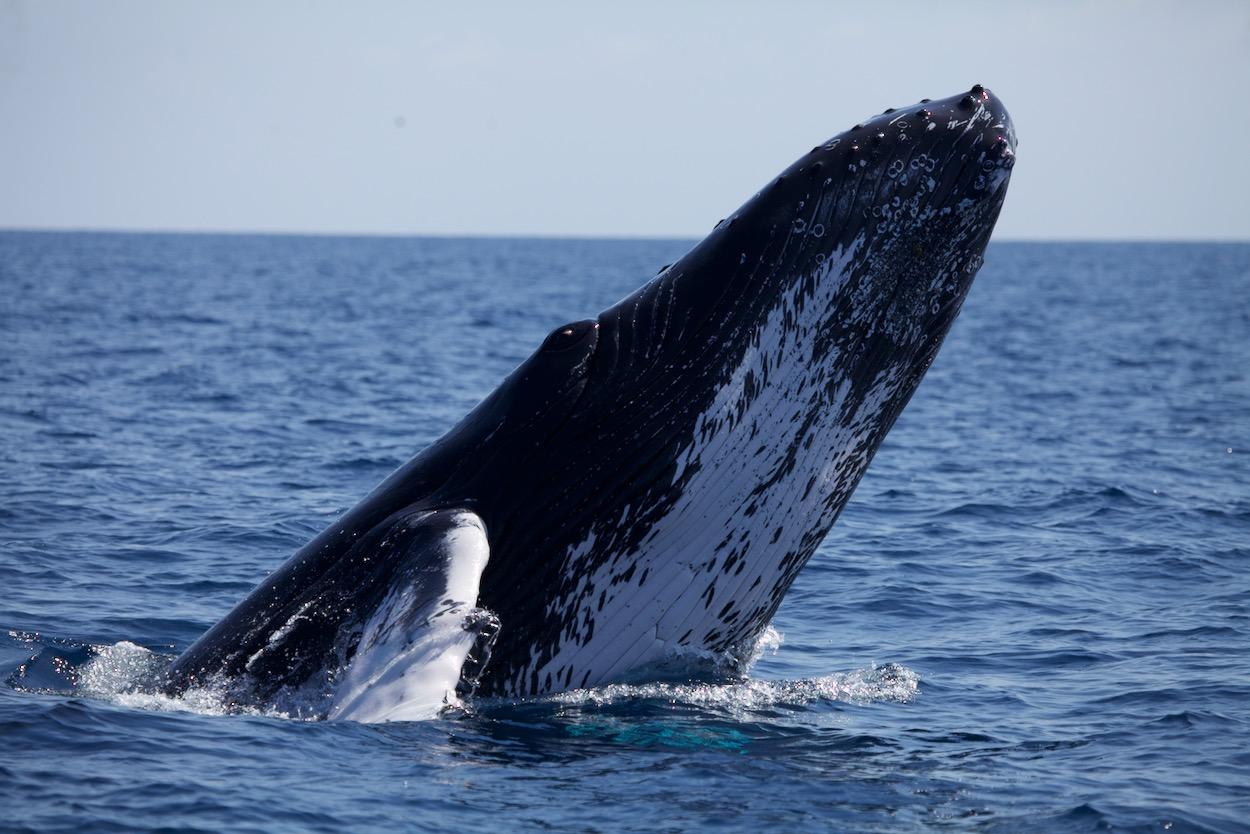🐋 Gentle Giants of the Caribbean: Discovering Manatees in the Dominican Republic
Often called “sea cows,” manatees are some of the most gentle and fascinating creatures found in the Caribbean. These slow-moving marine mammals spend their days grazing on seagrass beds and cruising through warm, shallow coastal waters — including areas in and around the Dominican Republic.
While not as commonly encountered as turtles or tropical fish, spotting a manatee in Punta Cana is a rare and unforgettable experience.
🌎 About the Caribbean Manatee
The species found in the Dominican Republic is the West Indian manatee, more specifically the Antillean subspecies. These large marine mammals can weigh over 1,000 pounds and grow up to 13 feet long, yet they are surprisingly graceful in the water.
Manatees:
Are herbivores that feed mostly on seagrass and aquatic plants
Have no natural predators
Must surface for air every few minutes, though they can hold their breath for up to 20 minutes when resting
Are believed to be the source of mermaid legends told by early sailors
🏝️ Where to See Manatees in the Dominican Republic
Although they’re elusive, manatees are known to inhabit a few areas around the country, including:
Los Haitises National Park – One of the most well-known manatee habitats
Estero Hondo Marine Mammal Sanctuary – Located on the north coast and dedicated to protecting manatees
Protected lagoons and mangrove systems – Occasionally spotted along the coastlines, especially in quiet, undeveloped areas
While it’s rare to see a manatee while diving or snorkeling in Punta Cana itself, eco-tours to manatee habitats are a wonderful way to support conservation and experience these animals up close.
⚠️ Why Manatees Are Endangered
Sadly, manatees are considered vulnerable to extinction. Their biggest threats include:
Boat collisions in shallow coastal waters
Habitat loss due to coastal development
Pollution and loss of seagrass beds
Entanglement in fishing lines or nets
Because manatees reproduce slowly — a female gives birth to just one calf every 2–5 years — recovering from population declines is a long process.
🌊 Conservation Efforts in the Dominican Republic
The Dominican government and environmental organizations have made strides in protecting manatees by:
Creating marine mammal sanctuaries like Estero Hondo
Educating locals and tourists about responsible wildlife viewing
Banning harmful fishing practices in sensitive areas
Supporting rescue and rehabilitation of injured animals
At Grand Bay of the Sea, we support these efforts by promoting eco-conscious tourism, teaching about marine wildlife, and encouraging our guests to dive and snorkel responsibly.
💙 What You Can Do to Help
Even if you don’t see a manatee during your visit, you can help protect them by:
Supporting eco-tours and responsible wildlife organizations
Avoiding littering or using single-use plastics
Choosing tour companies that respect marine habitats
Spreading awareness about marine conservation in the Dominican Republic
🐾 Final Thought
Manatees are peaceful, curious, and iconic animals that embody the spirit of the Caribbean. While sightings are rare, just knowing they’re out there — gliding silently through the warm waters — is a powerful reminder of why ocean conservation matters.
Every diver, snorkeler, and traveler has a role to play in protecting these gentle giants for generations to come.
